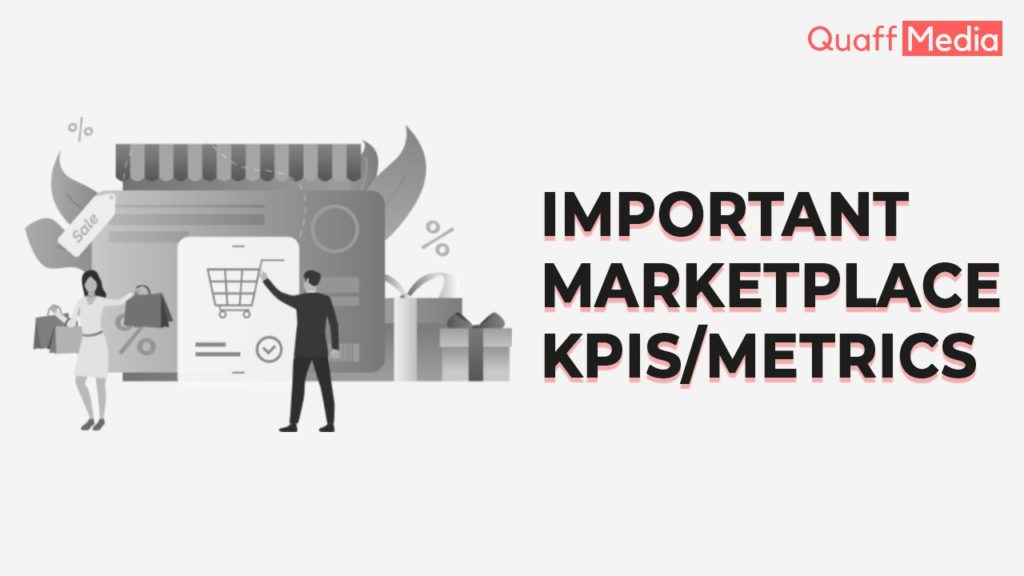We understand that every marketplace has a different theme and purpose, but the sole core of every market is the same. Every marketplace has a seller and a buyer where it acts as the medium of bringing them together.
Gross merchandise volume, also called GMV, is the total sales value for services purchased or sold through the marketplace over a specific time. It’s a known fact that GMV is one of the most required marketplace KPIs, so founders need to track its growth rate on a monthly and yearly basis and understand its makeup by customer acquisition channel. Given GMV and the total number of transactions, we can compute the AOV (Average Order Value) since:
AOV = GMV/Total number of Transactions
It may come in the form of transaction fees, listing fees, or the offering of premium seller/supplier services. With revenue and GMV, we can calculate the take rate by:
Revenue = GMV * Take Rate
In addition, to take rate, we can evaluate business success rate by calculating the total CAC (Customer Acquisition Cost) of buyers and sellers/suppliers as a percentage of the revenue.
SELLER/SUPPLIER METRICS
For general seller/supplier and growth KPIs:
→ Number of sellers/suppliers
→ Sellers/suppliers growth rate
→ Number of listings
→ Listings growth rate
→ Average listing price
→ CAC
The Engagement KPIs are important for seller/supplier sides, so it needs to be kept track of from time to time. Examples:
→ Coherent analysis: percentage of sellers/suppliers still active in 1 month and one year after signing up
→ GMV retention: average percent of Month 1 GMV generated by sellers/suppliers in the 12th month
→ Concentration: percentage of revenue generated by the top 20% of sellers/suppliers
→ NPS(Net Promoter Score)
BUYER METRICS
Similar to seller/supplier metrics, these can be categorized into general and engagement KPIs.
General KPIs – examples:
→ Number of buyers
→ Buyer growth rate
→ Average dollar amount purchased per buyer
→ the typical number of orders per buyer
→ Average order growth per buyer
→ CAC
Engagement KPIs (on the customer side) – Examples:
→ Repeat buyer contribution: percentage of customers who have made at least one purchase and the GMV generated by customers in previous months.
→ GMV retention: average percent of 1st-month GMV brought by buyers in 12th month
→ Concentration: percentage of revenue generated by the top 20% of buyers
→ Cross-pollination: percentage of buyers whose second purchase is in another category
→ NPS
CONCLUSION
We’re sure many others will benefit from this discussion. We’d also love to receive any feedback on other important KPIs.

